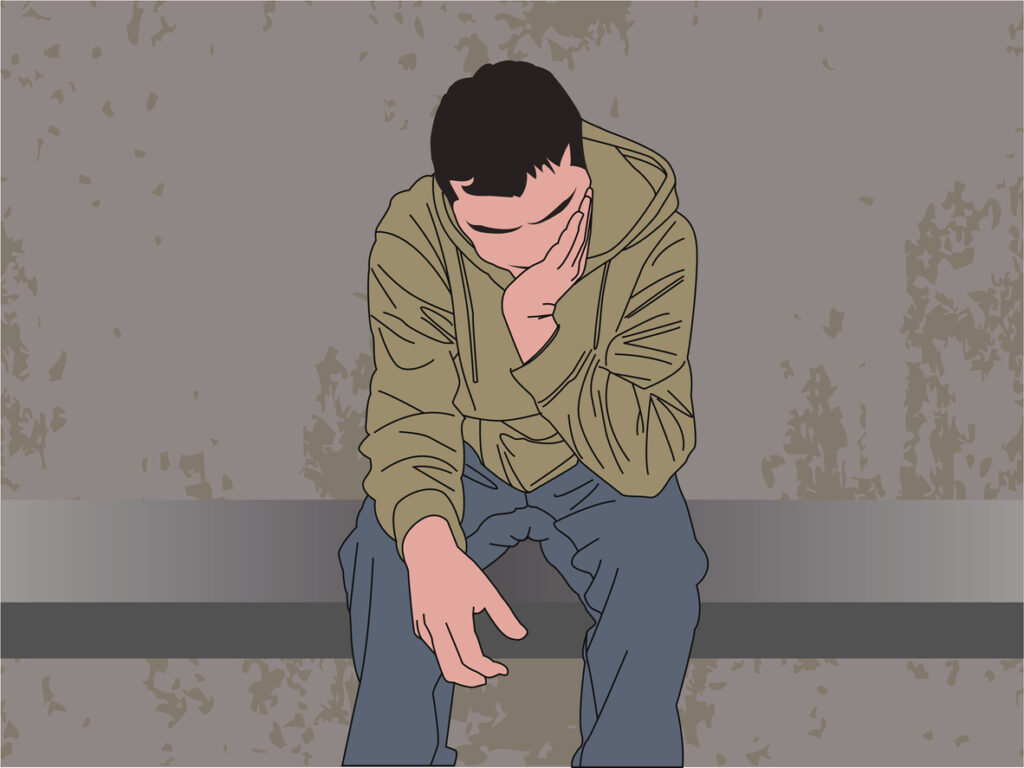Suicide is complex. There is no one reason why an individual may die by suicide or experience suicidal thoughts and behaviour.
Despite the progress we’ve made in normalising mental health, suicide remains a misunderstood and taboo topic – especially in the workplace. Put simply, it’s often missing from the workplace health conversation. However, suicide prevention should be front and centre. That’s because, among our workforce, thoughts of self-harm and suicide are more common than you may think. This presents an opportunity for HR to make a real – and potentially lifesaving – impact and we all play a role in reducing the risk of suicide.
The cost of living is weighing on the minds of our people, and it could have devastating consequences
Suicide in numbers
In January of this year, my team revealed new data concerning suicide risk at work. Created from a study of over 4,000 employees across varied demographics and sectors, our data shows that the number of employees experiencing thoughts of suicide or self-harm has increased from 8% to 9% versus last year. This means that, in an average organisation of 1,000 employees, there are 90 individuals experiencing thoughts of suicide. Put another way, 10 more people in that organisation are now experiencing suicidal thoughts than last year. This is a tragic increase that could have a devastating impact.
Our research also found that the incidence of financial stress is increasing year after year. In fact, within our data, it is the most cited cause of stress outside work. The cost of living is weighing on the minds of our people, and it could have devastating consequences. Our 2022 report on the cost of living crisis showed that those experiencing financial stress are twice as likely also to be experiencing thoughts of suicide or self-harm.
What can organisations do?
When it comes to reducing the risk of suicide, the challenge facing organisations may feel enormous. However, there is a role for all of us to play in preventing suicide and there are many practical actions HR leaders can take that could prove lifesaving.
Reduce the stigma of suicide
One of the greatest challenges for individuals struggling with mental health is the associated stigma which prevents them from reaching out to get the treatment they need. Because of this, businesses have a responsibility to ensure mental health is embedded at the core of their company values. This also includes ensuring the correct language and terminology are used when it comes to suicide and the wider mental health conversation.
For example, organisations must avoid using the term ‘committed suicide’. Suicide is not a criminal act, and the word ‘committed’ only stigmatises the subject. The best way to break the stigma around mental health is to develop and foster a psychologically safe working environment in which employees feel able to open up and discuss mental health.
Do this by:
- Ensuring your leaders regularly ask each employee how they are (twice), preferably in a 1:1 environment
- Encourage leaders to share experiences of struggles they’ve had and what helped them during those times
- Raise awareness of the mental health services your organisation offers, and the pathways for employees to access them
Most of us are not qualified mental health professionals and we should not be encouraging our colleagues to take on that role
Social inclusion and support
Isolation in the workplace contributes to mental health issues and it’s more common than you might think; a recent study from The British Red Cross found that almost one in seven workers are ‘often or always lonely’. It’s crucial that employees can talk to one another. Businesses must encourage socialising during office hours and arrange social events to ensure teams are bonding and engaging with one another.
It’s also important that you ensure every employee knows someone in their workplace who will listen to them, without judgement, at a time of distress. Consider providing this through peer support groups or by developing a network of wellbeing champions.
Finally, consider that most of us are not qualified mental health professionals and we should not be encouraging our colleagues to take on that role. Instead, wellbeing champions and others must signpost towards external experts, like charities or your organisation’s EAP, rather than attempting to step in for qualified professionals.
Address work-related stress
Employers must ensure that workloads are realistic and achievable and that employees aren’t taking that stress home with them. Flexible working hours, meeting-free time and regular check-ins are good ways of doing this. Employers should also support staff experiencing a mental health crisis with supportive policies, such as access to paid leave.
Train colleagues in suicide prevention
One of the most important (and obvious) steps to preventing suicide in the workplace is to recognise it and know the signs to look out for when someone is struggling. Businesses should set up annual training exercises with staff to ensure vulnerable employees are identified and receive the support they need.
This is a huge opportunity for HR leaders to make a real positive impact on the people that power their organisations
A challenge we must overcome
Suicide remains a misunderstood and taboo topic. This stigma persists throughout our communities and wider society, despite many of us being touched by suicide in some way. Organisations must begin by breaking down the stigma around suicide (and mental health more broadly). To do this they will need psychologically safe environments in which employees feel comfortable discussing mental health.
Finally, organisations must empower colleagues with the skills they need to support others while ensuring everyone in the organisation has someone they can turn to when things are tough. As new crises emerge and the cost of living continues to rise, now is the time for leaders to take suicide prevention seriously. This is a huge opportunity for HR leaders to make a real positive impact on the people that power their organisations.
Interested in this topic? Read HR can play its role this World Suicide Prevention Day.
[cm_form form_id=’cm_65a14c3f5da64′]






